Evolution isn’t just ancient history—it’s happening right now, right under our noses.
In just the last 100 years, some animals have shape-shifted, outwitted, and outright rebelled against the forces trying to hold them back.
City rats are growing smarter. Fish are beating pollution. Mosquitoes have learned to ignore bug spray like it’s a mild suggestion.
From shrinking birds to urban lizards with sticky toes, the animal world isn’t waiting around for the next Ice Age. It’s adapting fast, and the results are jaw-dropping, weird, and sometimes even a little terrifying.
Meet 20 creatures that didn’t just survive the past century—they leveled up.
Peppered Moth
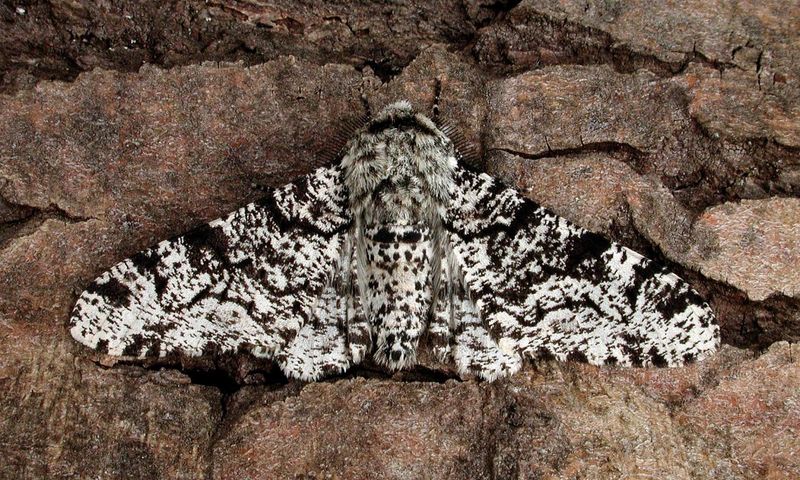
Once predominantly light-colored, the peppered moth underwent a transformation due to industrial pollution. Coal soot darkened trees, favoring moths with blackened wings. Over generations, the population shifted as darker moths survived predators, blending seamlessly with their environment.
When pollution decreased, a reversal occurred, with lighter moths regaining dominance. This rapid evolutionary change demonstrates nature’s incredible adaptability to human-induced changes.
A testament to survival, the peppered moth story is a classic example of natural selection in action, capturing attention for its swift response to environmental shifts.
Urban Fox
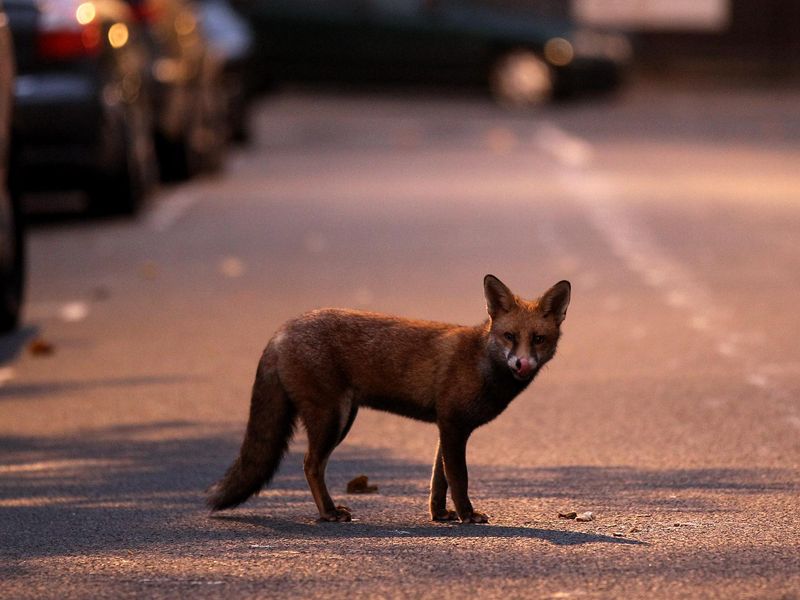
As cities expanded, urban foxes emerged, adapting to city life with remarkable ease. These cunning creatures learned to scavenge through garbage and navigate bustling streets.
Their nocturnal habits evolved, allowing them to thrive in an environment once thought hostile. Foxes now display increased intelligence and adaptability, successfully coexisting with humans.
Their presence in urban landscapes serves as a reminder of nature’s resourcefulness and the blurring boundaries between wildlife and human habitats.
Cane Toad
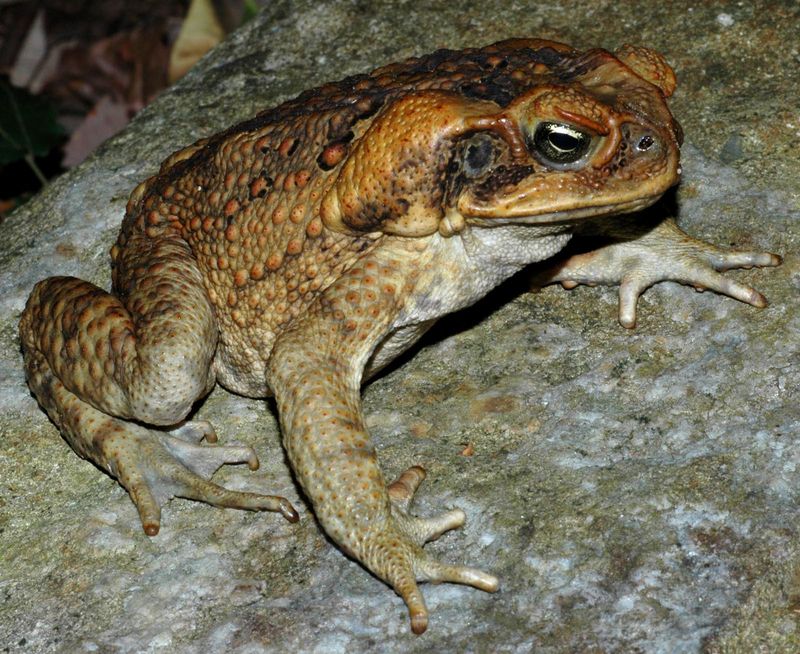
Originally introduced in Australia for pest control, the cane toad has become an invasive species with rapid adaptability. They developed toxic secretions to deter predators and expanded their range across the continent.
Their proliferation has caused ecological imbalances, impacting native species and environments. Nonetheless, cane toads showcase evolutionary success in new and challenging habitats.
Although considered a nuisance, their ability to thrive in diverse conditions is a stark illustration of nature’s fortitude.
Darwin’s Finches
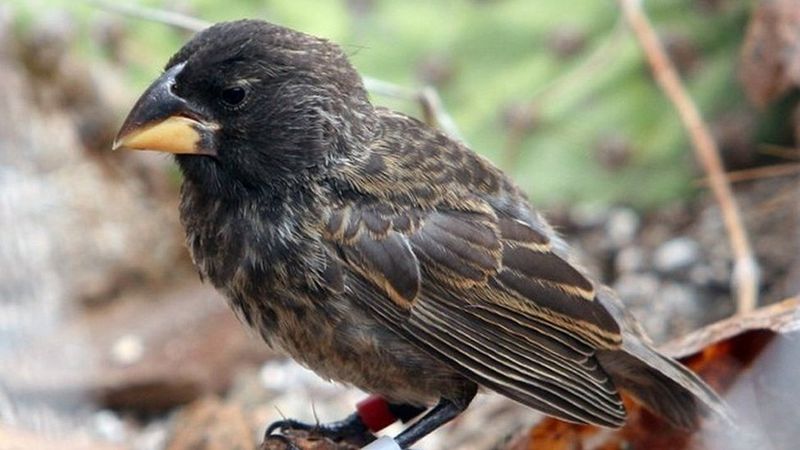
Darwin’s finches, residing in the Galápagos Islands, are renowned for their diverse beak shapes. These birds evolved various beak sizes to exploit different food sources, a celebrated example of adaptive radiation.
Recent studies reveal that finches continue to evolve. Climate change and human influence prompt further adaptations, ensuring their survival amidst environmental changes.
These finches epitomize evolution’s dynamic nature, forever linked to Charles Darwin’s groundbreaking work in natural selection.
Water Flea
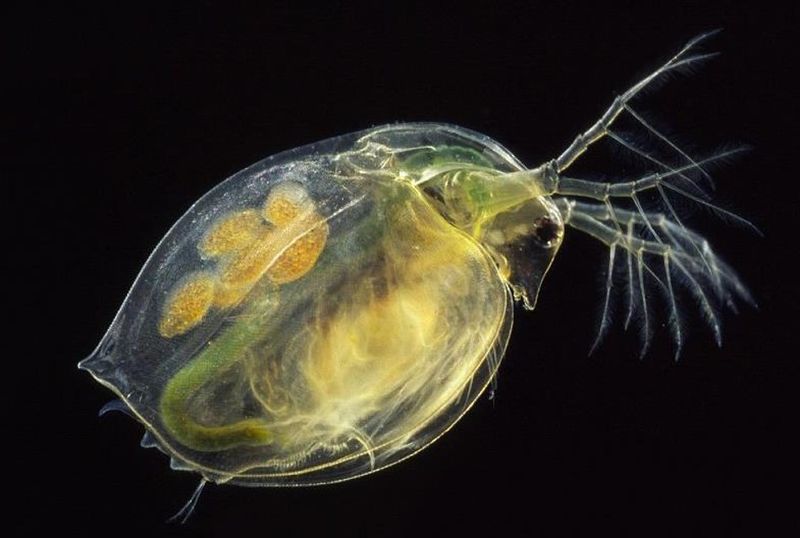
Despite their minuscule size, water fleas have shown remarkable genetic adaptability. These tiny crustaceans have developed resistance to pollutants and fluctuating temperatures in freshwater ecosystems.
Through rapid generational changes, water fleas provide insight into evolutionary processes. Scientists study these adaptations to understand broader ecological impacts.
Their ability to persist despite environmental challenges highlights the resilience inherent in even the smallest of Earth’s creatures.
House Sparrow
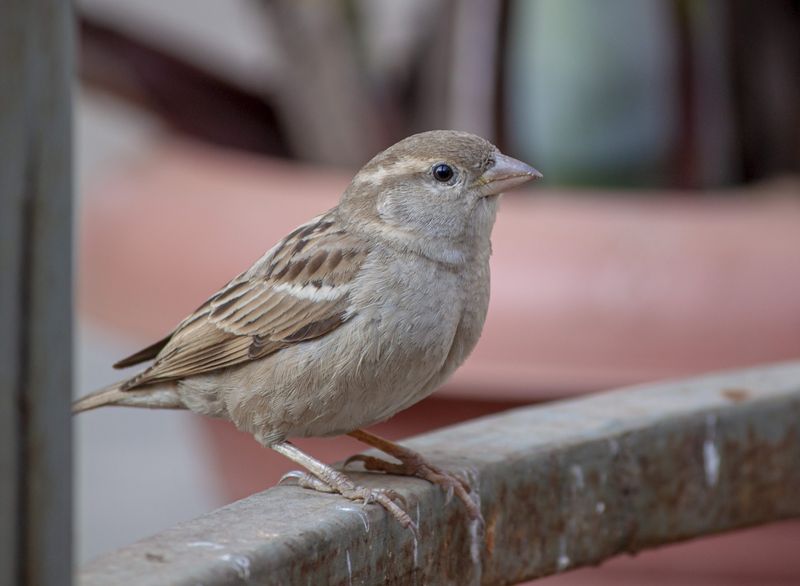
House sparrows have become ubiquitous in urban environments, evolving alongside human expansion. Their diet diversified as they began consuming processed foods, allowing them to flourish in cities.
These birds adapted to noise and pollution, developing behaviors that ensure survival amidst skyscrapers and bustling streets.
The house sparrow’s evolution reflects the interplay between nature and urbanization, showcasing adaptability in ever-changing landscapes.
Italian Wall Lizard
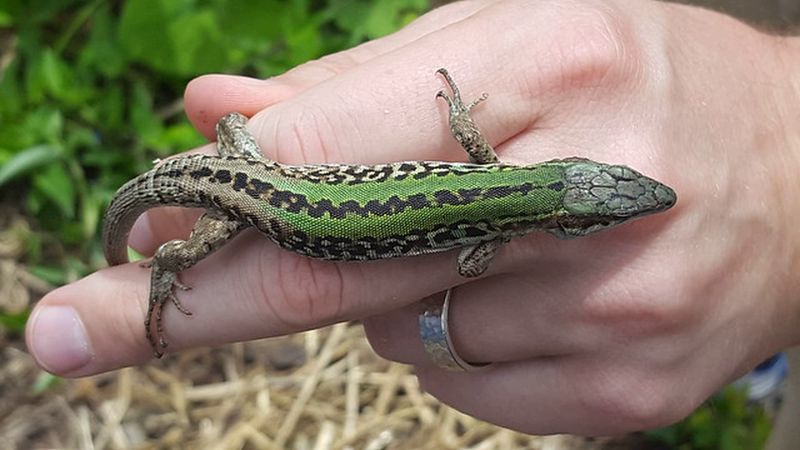
The Italian wall lizard is a fascinating example of rapid evolution. When introduced to a new island, these lizards developed larger heads and stronger jaws to consume tougher plant materials.
This dietary shift spurred significant morphological changes, a speedy adaptation stunning scientists. Such transformations underscore the dynamic nature of evolutionary processes.
These lizards exemplify how species can swiftly adjust to new environments, offering insights into adaptability.
Elephant
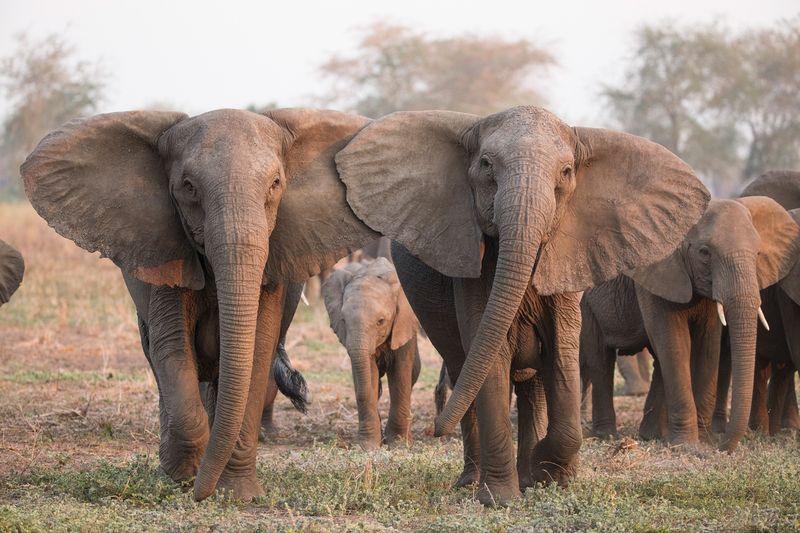
Elephants, known for their majestic tusks, have evolved in response to poaching pressures. Some populations now exhibit tusklessness, a genetic trait increasing in frequency due to selective hunting.
This adaptation enhances survival by reducing poaching risks. Researchers study these changes to understand the long-term implications for elephant populations.
The evolution of tuskless elephants is a poignant example of human impact on wildlife and the capacity for adaptation.
Cichlid Fish
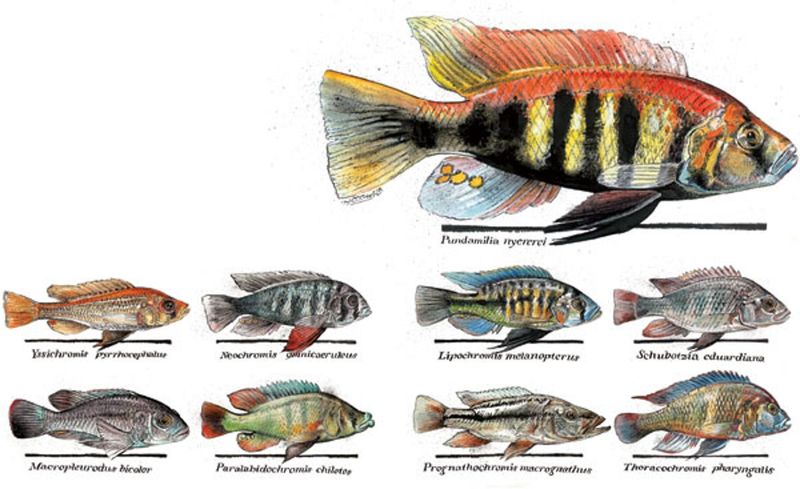
Cichlid fish, particularly in Africa’s Great Lakes, demonstrate an extraordinary rate of evolution. These fish have diversified into hundreds of species, adapting to various ecological niches.
Their stunning variations in color, size, and feeding habits reflect adaptive radiation, with new species emerging rapidly. This diversity provides a live model for studying evolutionary biology.
Cichlids’ evolution underscores nature’s creativity and the intricate web of life in aquatic environments.
Great White Shark
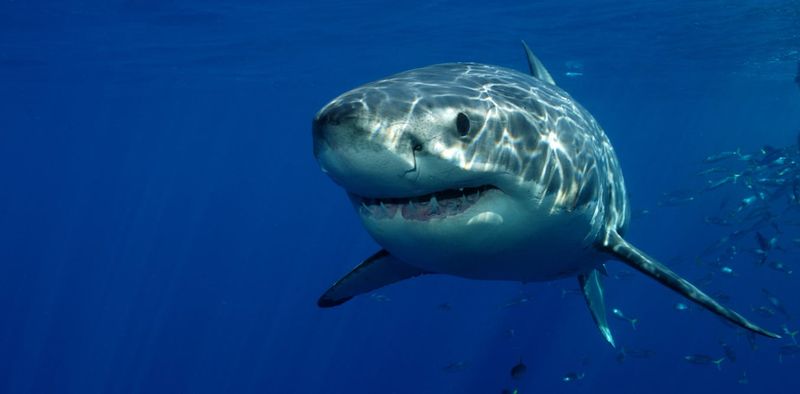
Great white sharks have intrigued scientists with their adaptability. Recent studies show changes in migratory patterns, possibly linked to climate change and prey availability.
These apex predators display physiological adjustments, such as temperature regulation, allowing them to explore new territories. Such adaptations ensure their success in changing oceanic conditions.
The great white shark’s evolution highlights the ongoing dance between predator and environment, showcasing resilience and adaptability.
Mountain Gorilla
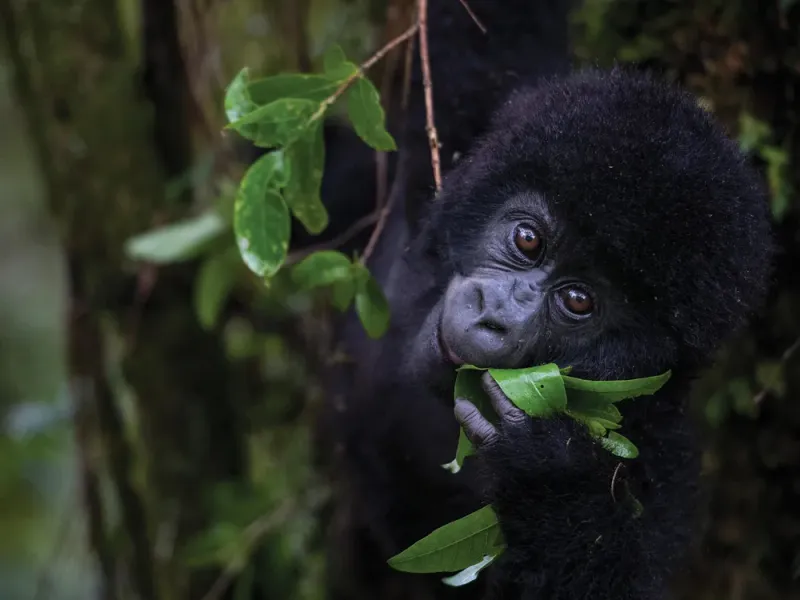
Mountain gorillas have faced numerous challenges, yet they continue to adapt. Conservation efforts have led to behavioral changes, with gorillas becoming more accustomed to human presence.
These gentle giants display social adaptations, enhancing group cohesion and survival. Their story is one of hope, symbolizing the possibility of harmony between humans and wildlife.
The evolution of mountain gorillas stands as a testament to resilience and the power of conservation.
Bighorn Sheep
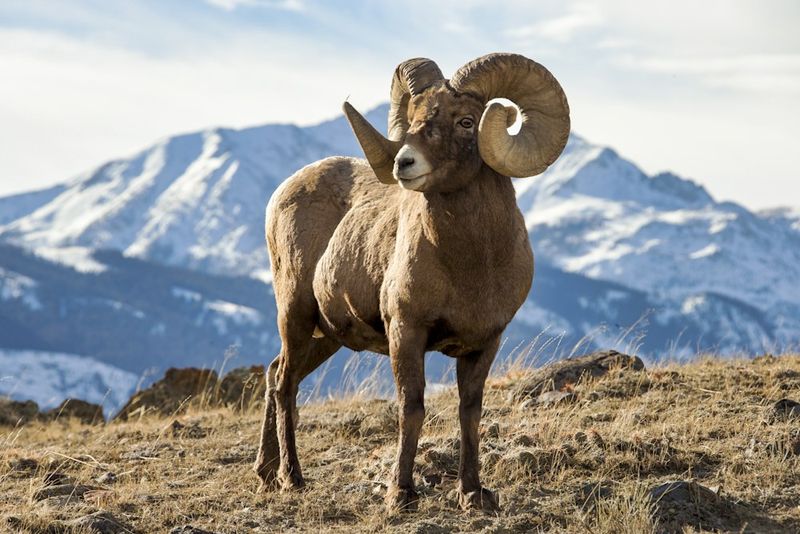
Bighorn sheep have adapted to the rugged terrains of North America with remarkable agility. Their evolutionary journey includes developing strong hooves and muscular bodies for navigating steep mountains.
Selective pressures from hunting have influenced horn size, leading to shifts in genetic traits. These changes reveal the complex interplay between human activity and natural selection.
The bighorn sheep’s story is one of survival and adaptation, a reflection of nature’s ability to endure.
Polar Bear
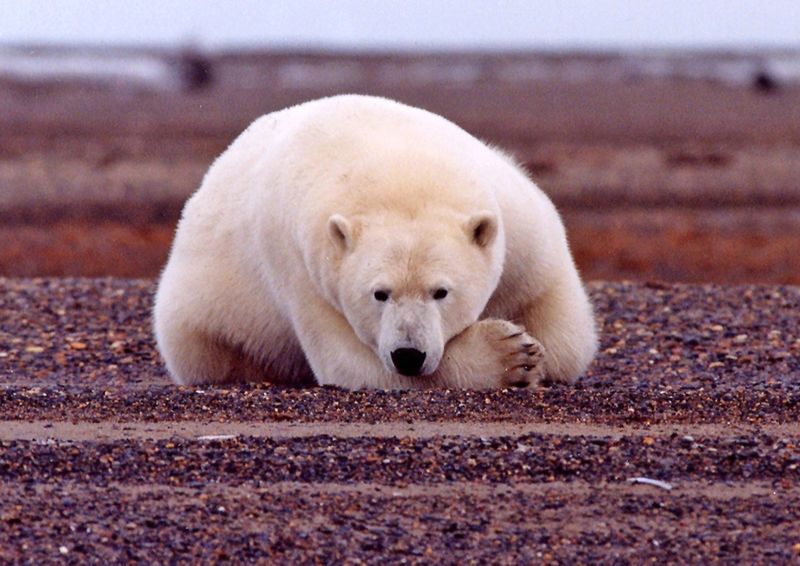
The polar bear’s evolution is closely tied to its icy habitat, but climate change is challenging its survival. As Arctic ice diminishes, these bears are adapting by altering hunting strategies and diet.
Scientists observe changes in body condition and behavior, indicative of ongoing adaptation to shrinking ice habitats. These majestic creatures exemplify resilience in the face of environmental upheaval.
The polar bear’s plight serves as a poignant symbol of the broader impacts of climate change on global biodiversity.
Komodo Dragon
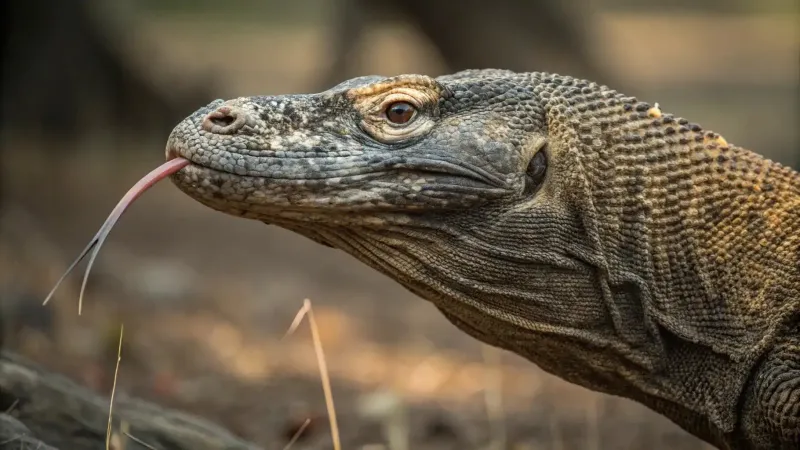
Komodo dragons, the world’s largest lizards, have evolved unique traits to thrive in harsh island conditions. Their keen sense of smell and venomous bite make them formidable predators.
Ongoing studies reveal genetic adaptations suited to their ecological niche, showcasing evolution’s creative genius. These dragons serve as a reminder of the ancient lineage that continues to adapt.
The Komodo dragon’s evolution is a blend of power and adaptability, highlighting nature’s diverse strategies for survival.
Alaskan Salmon
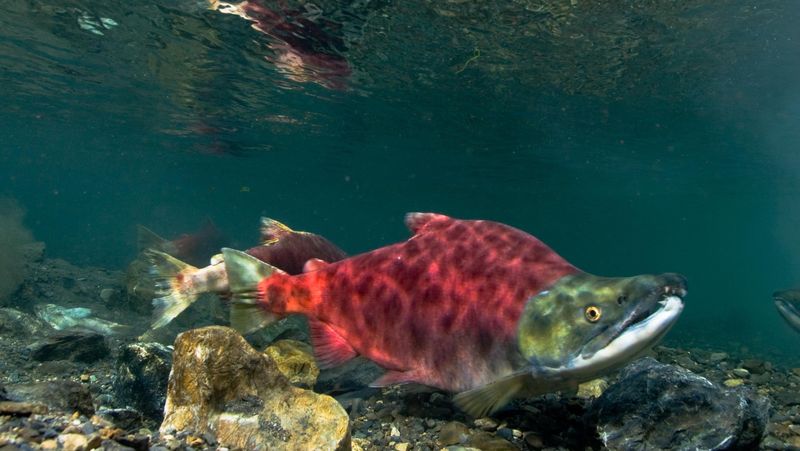
Alaskan salmon have adapted to changing freshwater and oceanic environments, with significant shifts in migratory patterns and spawning behaviors.
These changes are influenced by climate variations, showcasing salmon’s adaptability and the delicate balance within aquatic ecosystems. Scientists monitor these trends to understand broader ecological implications.
The evolution of Alaskan salmon underscores the intricate dance between species and their environments, reflecting resilience and adaptability.
African Painted Dog
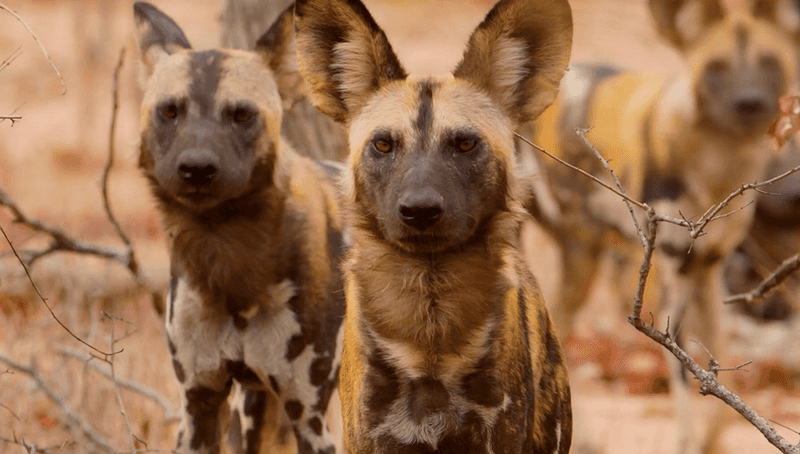
African painted dogs, known for their cooperative hunting strategies, have faced pressures from habitat loss and disease. Their social structures evolved, emphasizing teamwork and adaptability.
Researchers study these adaptations to support conservation efforts, highlighting the intricate balance within ecosystems. These dogs symbolize the power of unity and adaptability in the wild.
The painted dog’s evolution reflects nature’s resilience and the ongoing quest for survival in changing landscapes.
Humpback Whale
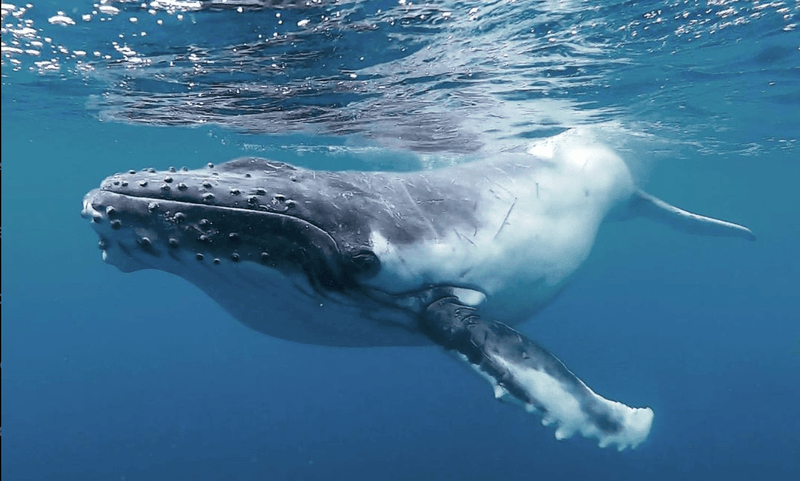
Humpback whales have adapted to varying oceanic conditions with remarkable agility. Their migratory patterns and feeding techniques have evolved, responding to climate and prey availability shifts.
These gentle giants display complex communication skills, enhancing social interactions and survival. Scientists study these behaviors to understand broader marine biodiversity impacts.
The humpback whale’s evolution is a testament to the ocean’s dynamic nature and the resilience of life within it.
Japanese Macaque
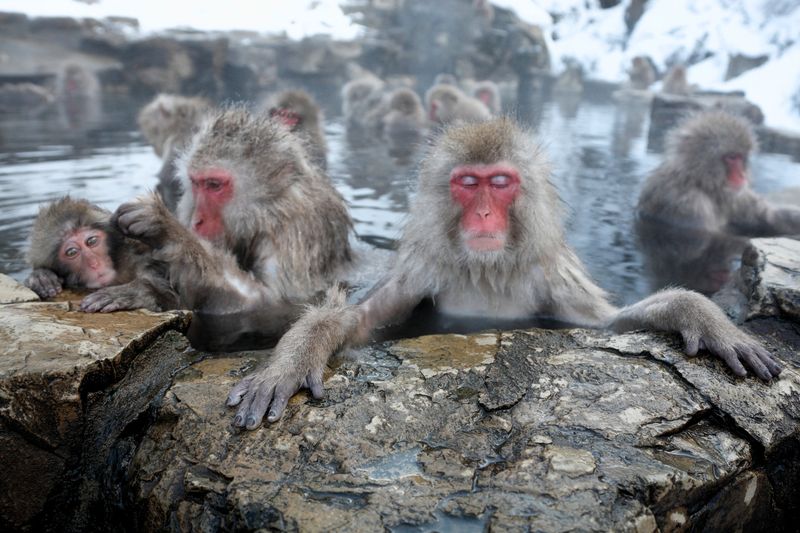
Japanese macaques, also known as snow monkeys, have adapted to harsh winter climates by utilizing hot springs for warmth. This behavior reflects their intelligence and social dynamics.
These primates exhibit cultural adaptations, with different groups displaying unique behaviors. Studies of macaque societies provide insights into primate evolution and cognition.
The evolution of Japanese macaques underscores nature’s ingenuity and the diverse strategies for survival in challenging environments.
Monarch Butterfly
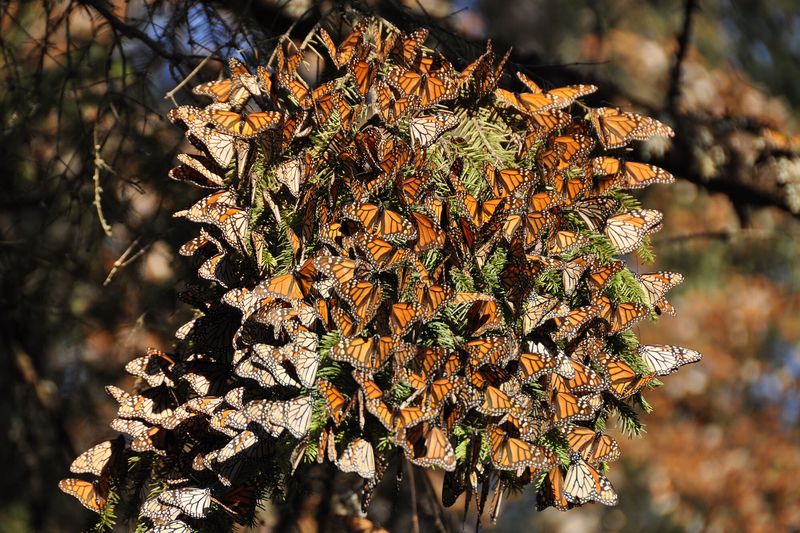
Monarch butterflies are renowned for their epic migrations across North America. Recent challenges, such as habitat loss and climate change, are influencing their evolution.
Scientists observe changes in migratory timing and patterns, providing insights into adaptability and resilience. Monarchs symbolize the interconnectedness of ecosystems and the impacts of human activity.
The evolution of monarch butterflies is a reminder of nature’s complexity and the delicate balance within ecosystems.
African Elephant Shrew
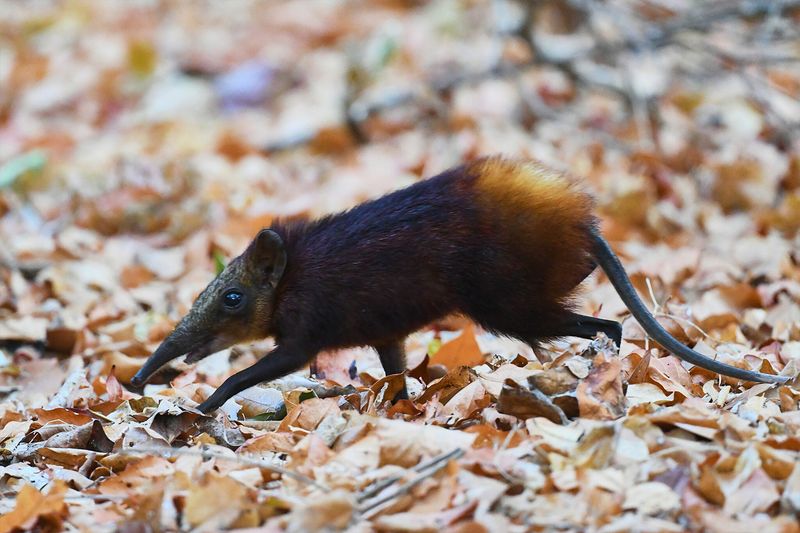
The African elephant shrew, despite its small size, demonstrates significant evolutionary adaptability. These insectivores have developed speed and agility to escape predators in diverse habitats.
Their unique lineage offers insights into mammalian evolution, with genetic studies revealing surprising connections to elephants. These adaptations highlight the intricate web of evolutionary relationships.
The elephant shrew’s evolution is a testament to the diversity and adaptability of life, even in the most unexpected forms.

